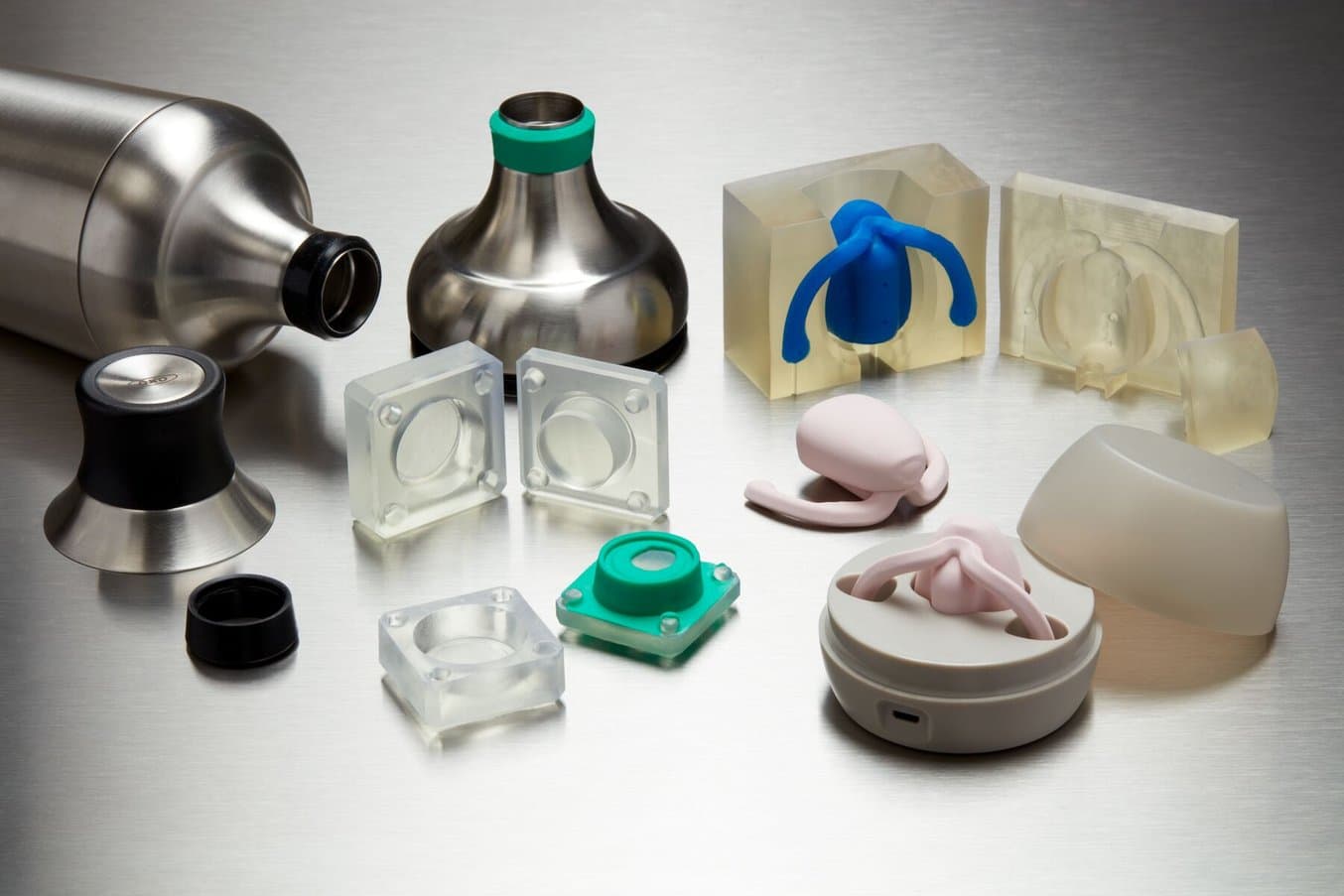Silicone & Rubber Parts Production With 3D Printing
Low-volume production of soft or flexible parts can be technically challenging, costly, and slow. Many professionals use 3D printing to manufacture rapid tooling for molding and casting silicone parts, or to directly 3D print flexible parts. Desktop 3D printers offer many benefits, including design flexibility within CAD software, high accuracy, easy iterations, and quick turnaround times.
Direct Silicone 3D Printing
Silicone 40A Resin is the first accessible 100% silicone 3D printing material, using Formlabs’ patent-pending Pure Silicone Technology™. Eliminate molding and labor-intensive casting processes and 3D print pure silicone parts in-house, in a matter of hours.
With this 40A Shore durometer material, you can fabricate soft, pliable, and durable parts with a 230% elongation at break and a 12 kN/m tear strength that can withstand repeated cycles of stretching, flexing, and compression.
Learn More
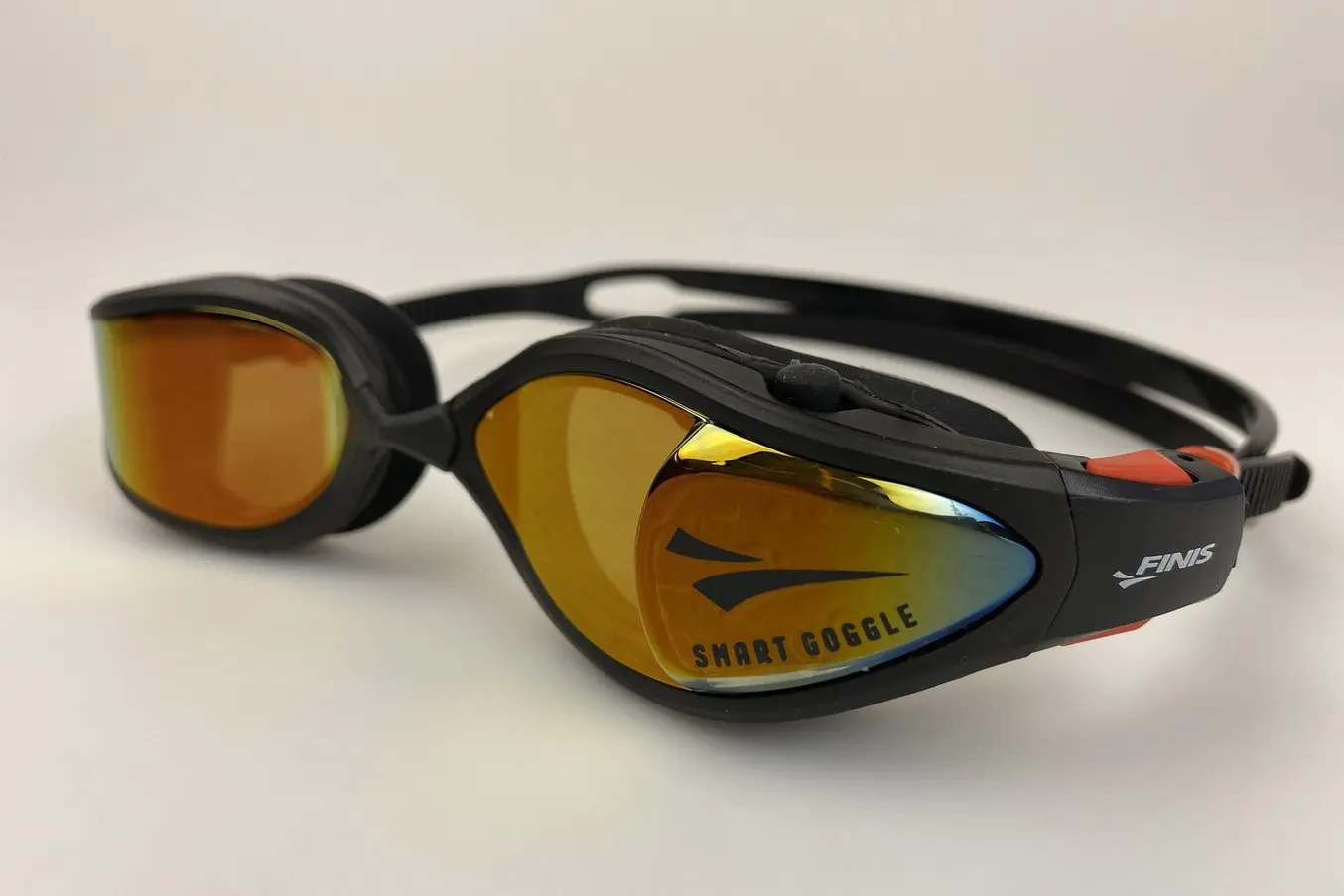
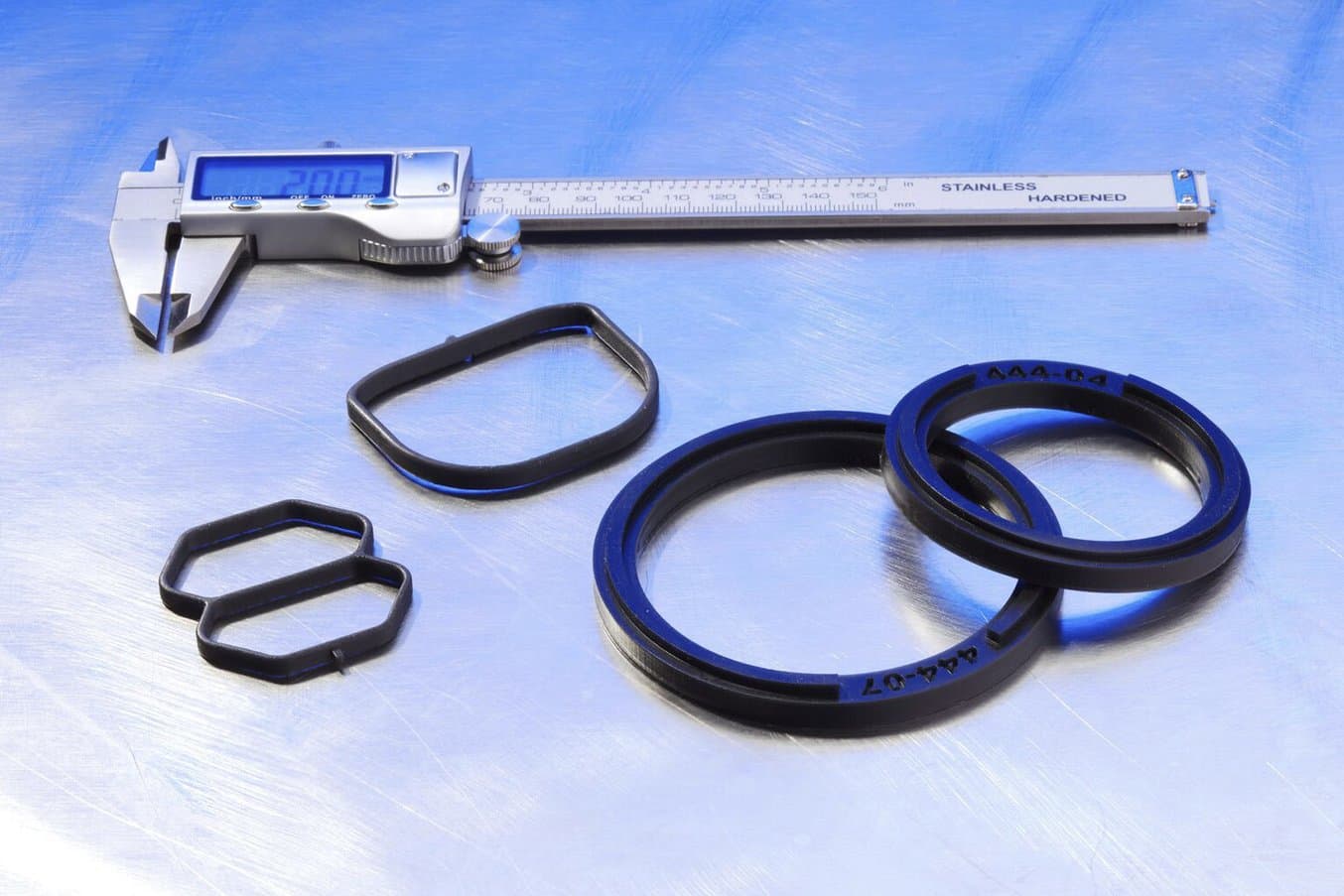
Rapid Tooling For Low Volume Silicone and Rubber Parts
Combine 3D printed rapid tooling with traditional manufacturing processes to produce limited quantities of silicones and rubber parts with a flexible, agile, scalable, and cost-efficient tooling process. You can use 3D printed molds or patterns with the following manufacturing processes:
How It Works

Design
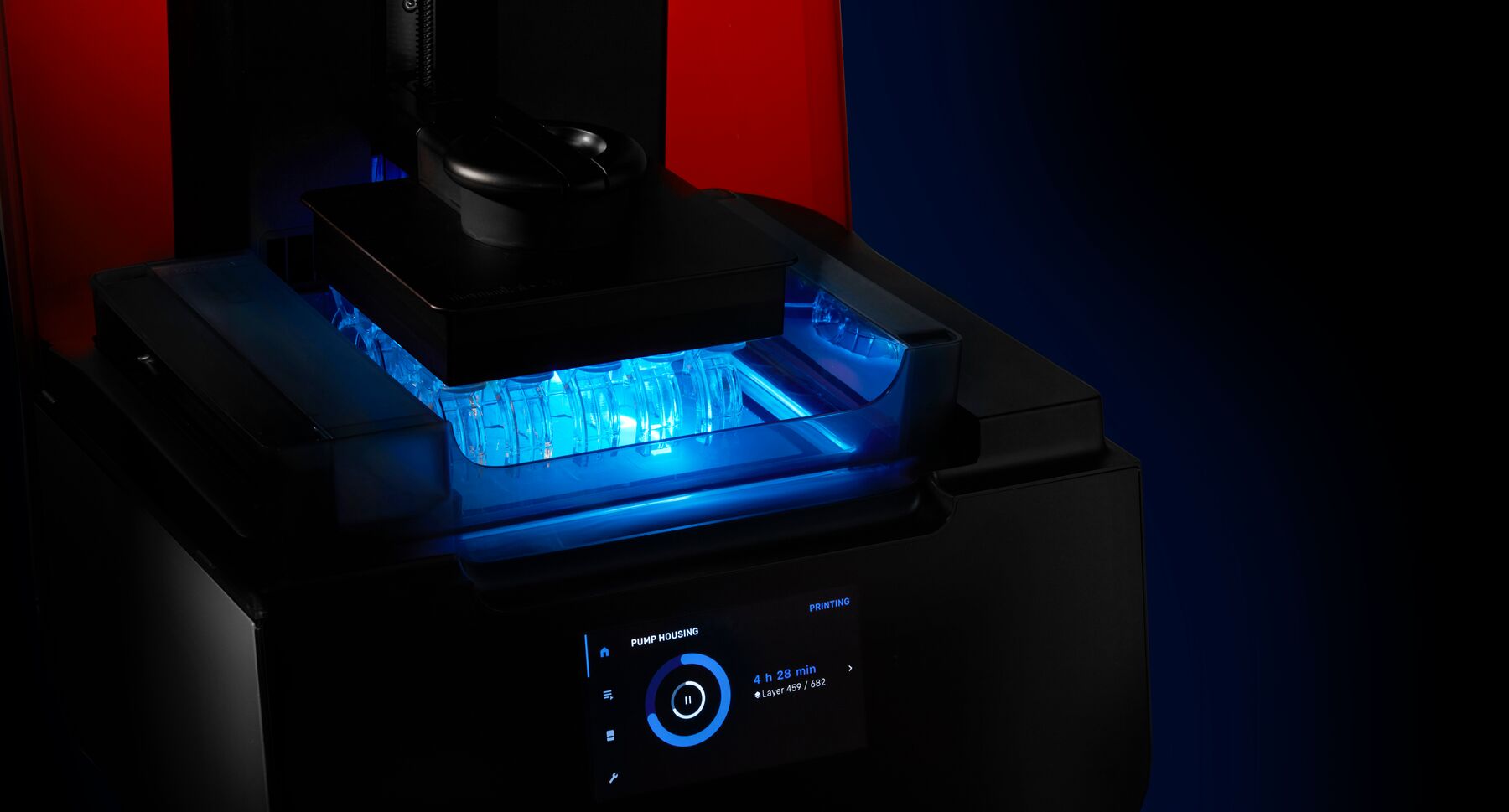
3D Print

Fill the Mold

Post-Process
Learn More
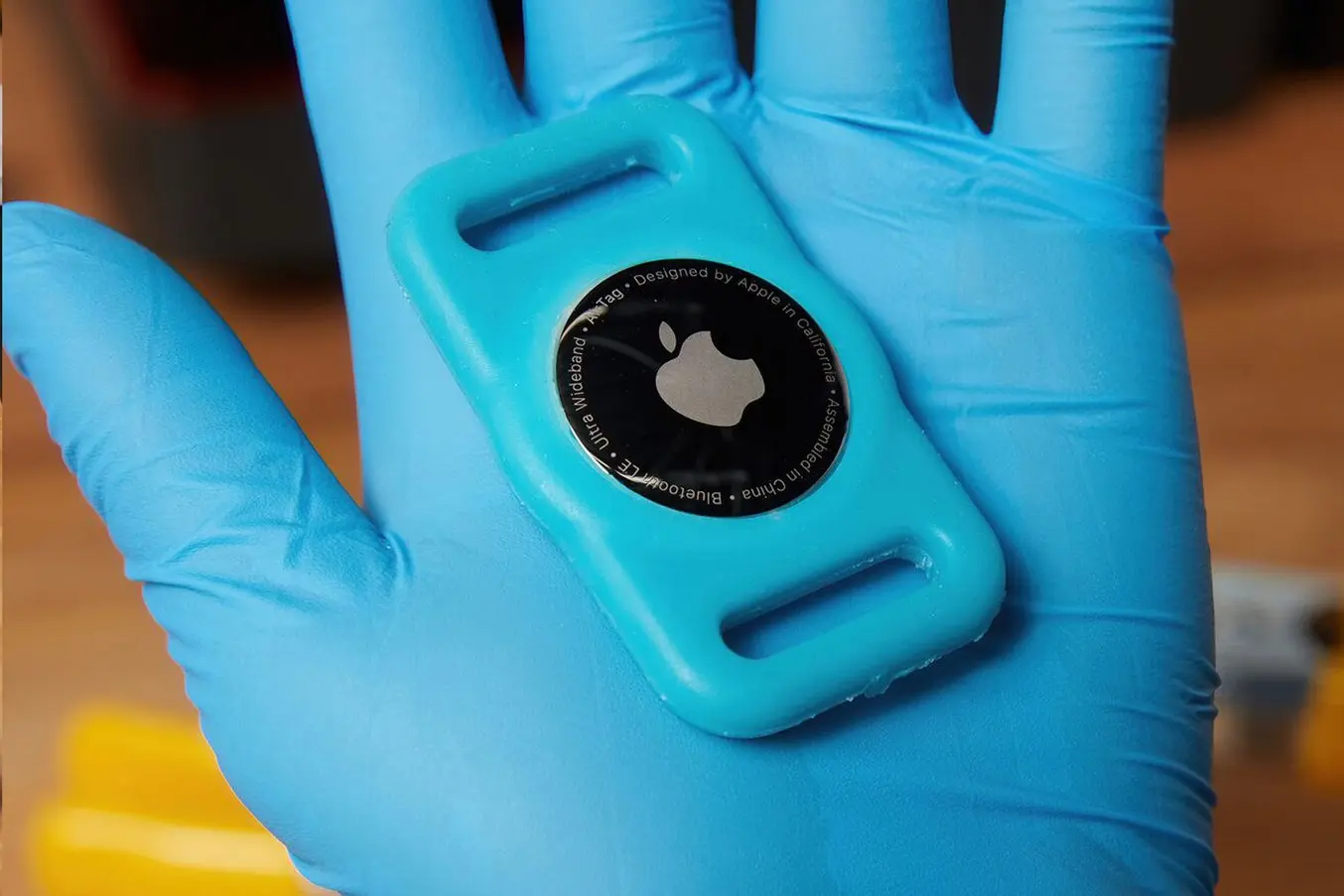
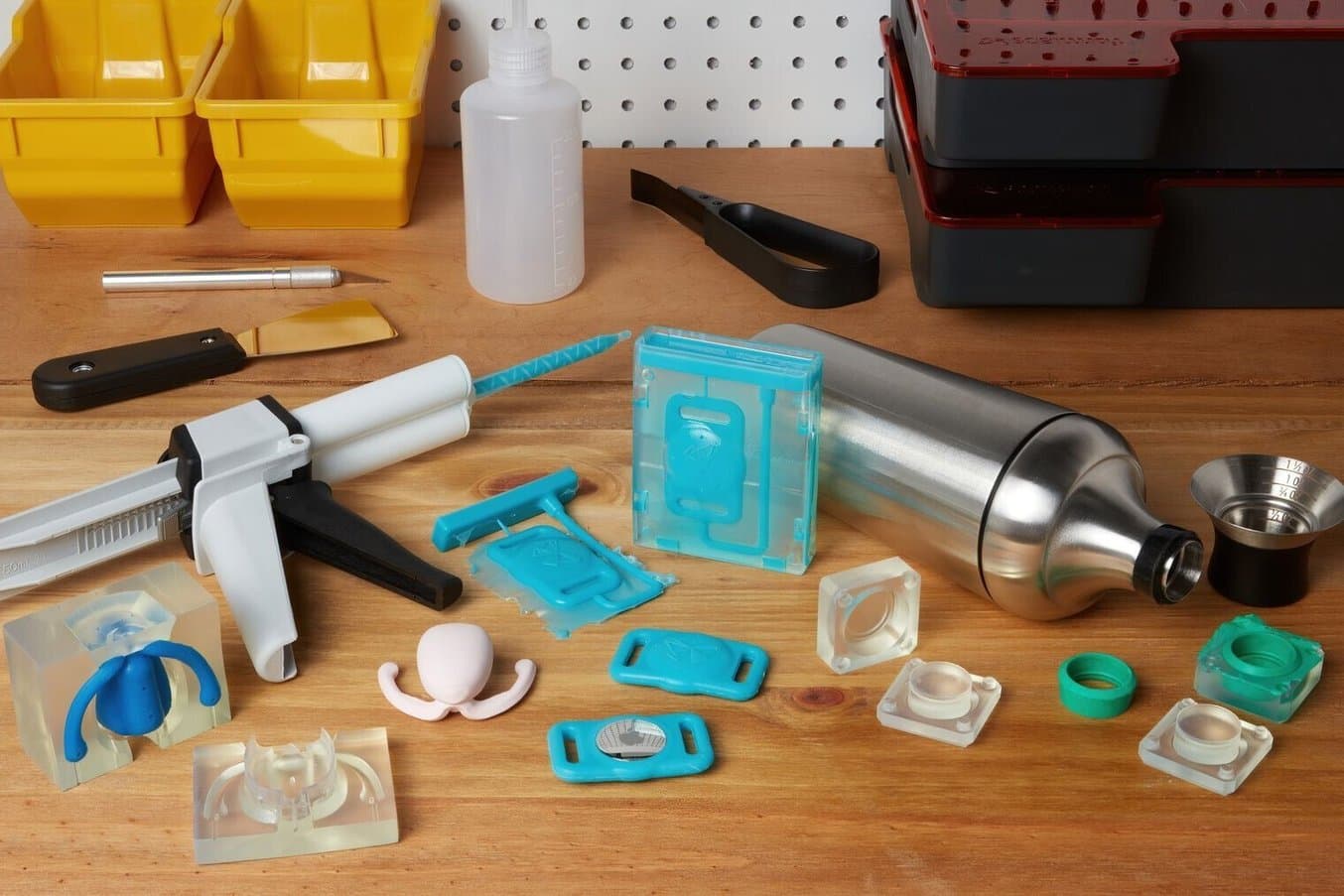
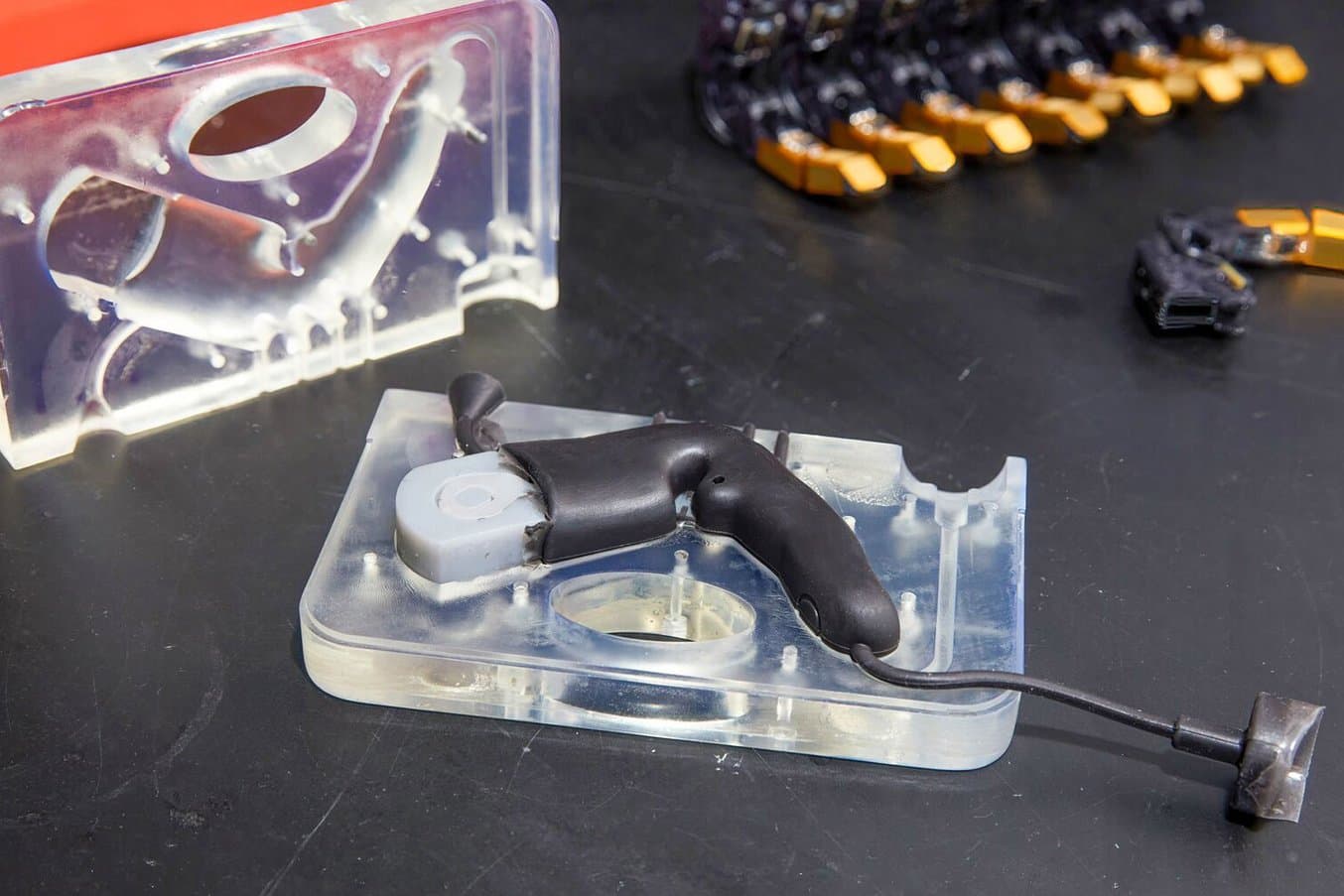
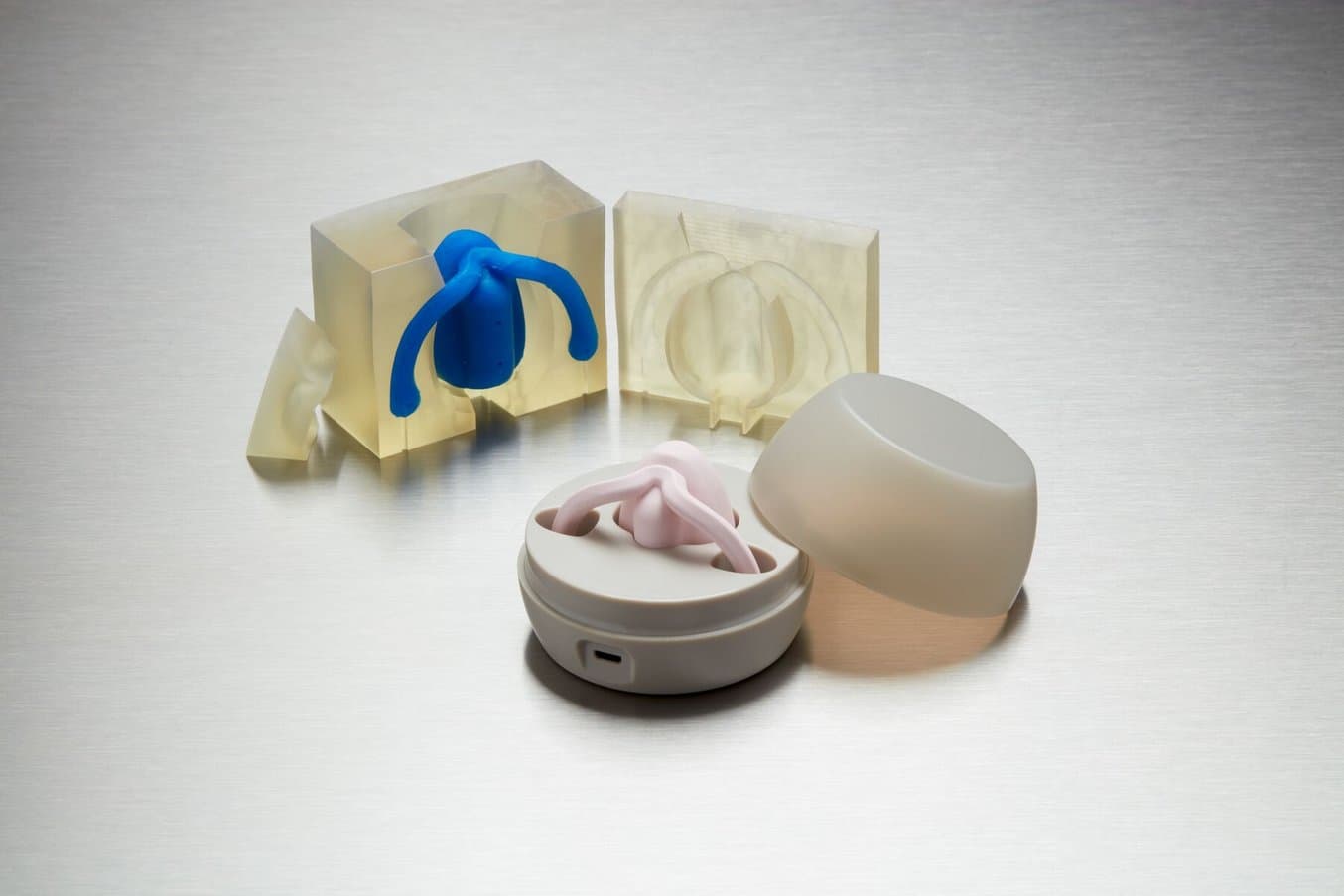
3D Print Using Materials With Silicone-Like Properties
Replace outsourcing and molding of silicone, urethane, and rubber parts. Formlabs 3D printers and materials offers multiple alternatives to produce complex and low volume flexible, elastic, and durable prototypes and even produce end-use parts in-house in a matter of hours.
Explore the Materials
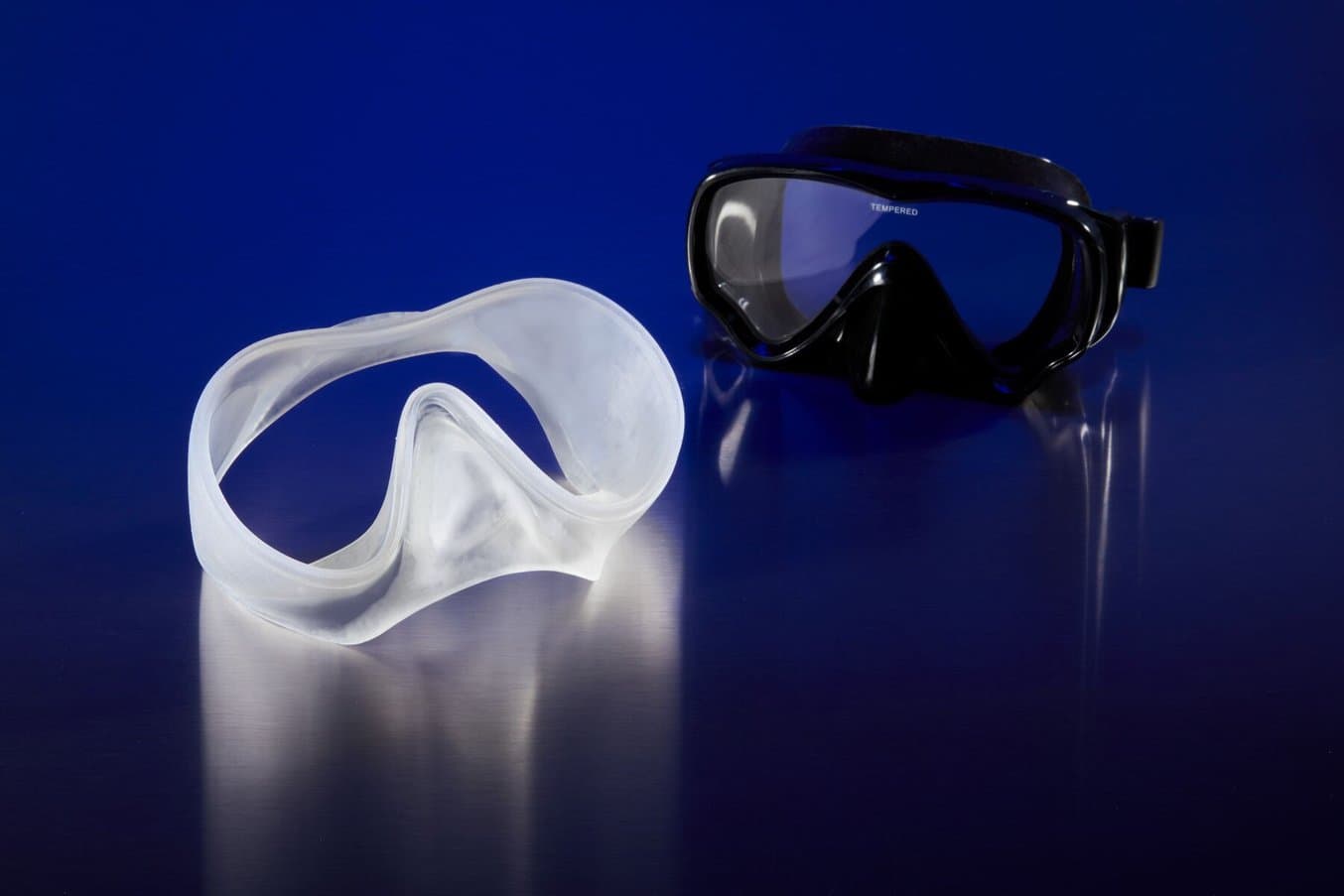
Elastic 50A Resin

BioMed Elastic 50A Resin
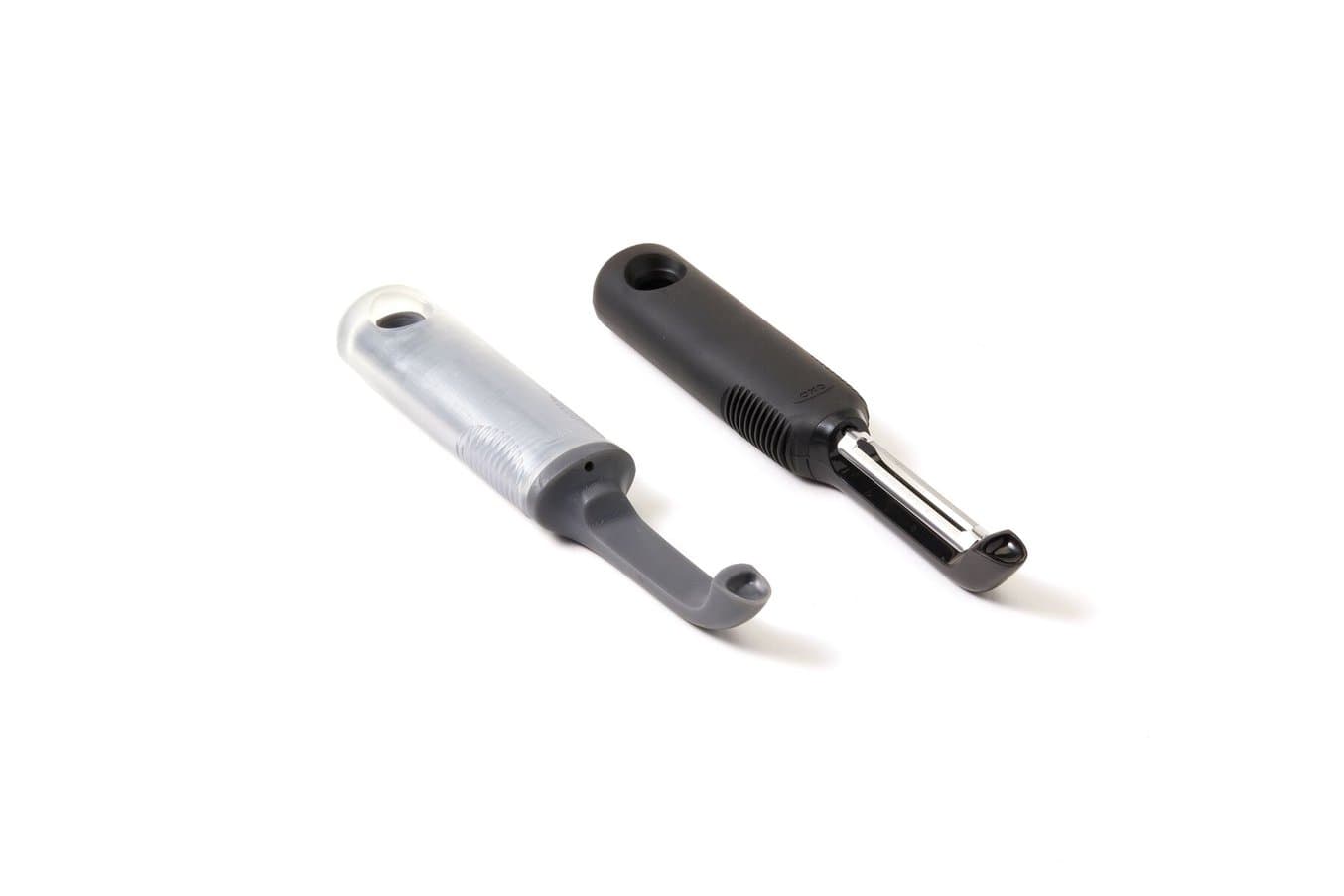
Flexible 80A Resin

BioMed Flex 80A Resin
A Full Suite of 3D Printing Solutions

Form 4
Produce flexible parts and molds with a high-quality surface finish and fine features in record time.

Form 4L
Take control of large-scale part production, increase your throughput, and bring your biggest ideas to life.
Get Started Producing Silicone Parts With 3D Printing
Contact a Formlabs Solution Specialist to get started with 3D printing for silicone and rubber production today.
